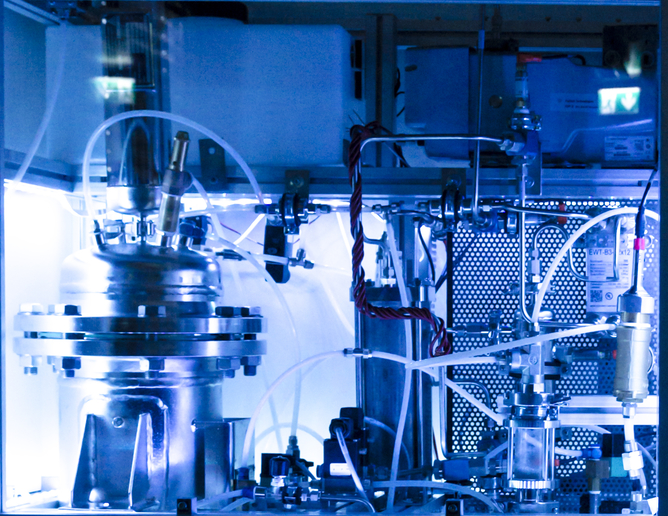A pioneering superconducting generator supports lighter and more powerful wind turbines
In 1888, the first electricity-generating wind turbine was invented. However, the advent of power lines and our subsequent growing dependence on fossil fuel combustion relegated wind energy to the back burner. In the 1970s, interest began to grow again, and by 2015, global wind power generation was nearly 4 % of global power generation(opens in new window). Wind energy is now a EUR 72 billion industry in Europe(opens in new window). As the world’s interest in wind energy systems increases, so does the demanded power output. The challenge is to make larger and taller turbines that are not heavier and costlier. The pioneering EU-funded EcoSwing(opens in new window) project has delivered a high-tech solution with the successful demonstration of the first-ever superconductive generator on a commercial wind turbine. It significantly decreases weight for the same power output and benefits continue to grow as power output increases.
Breaking the cycle by breaking the mould
EcoSwing set out to employ superconductors(opens in new window), materials whose resistance to the flow of electricity disappears when they are cooled, to replace conventional components in the electrical generators in wind turbines. According to project coordinator Jesper Hansen, “While some small-scale pilot machines (motors and generators) have been validated in laboratories, there have been few demonstrations of superconductive machines operating in industrial environments. We were the first to design, build, install and operate a full-scale superconducting generator in a wind turbine. This process gave us incredible insight into how the technology can be applied using common tools and capabilities.” The discovery process led to many revelations. Among them, cryogenic cooling was more efficient than expected, so future superconductive machines may require less cooling. In addition, the superconducting coils were more robust than expected during operation, despite the harsh conditions. The EcoSwing superconductive generator demonstrated a 25 % weight reduction compared to a similar size machine with conventional permanent magnets. Further, Hansen adds: “For wind turbine applications above 6 MW, our projections show that superconductive electrical generators can be as cost-efficient as state-of-the-art technology, and competitiveness increases with power.” The team noted nearly double the weight savings for generators in the 10 MW range. In recognition of its pioneering success, the EcoSwing technology was awarded a Gold Medal by Windpower Monthly, being named the drivetrain of the year for 2018(opens in new window).
Laying the groundwork for European leadership in superconductive generator technology
With the project end, the superconducting generator has been decommissioned and put in storage. The EcoSwing partnership is now actively pursuing ways to enhance and spread knowledge about it to encourage uptake, including obtaining additional funding. According to Hansen, thanks to EcoSwing, “Partner THEVA Dünnschichttechnik GmbH now has a manufacturing facility that not only provides superconductive wire but also has the capacity to wind these into coils. Prior to the project, such coils and technology were not commercially available in Europe.” In addition, Hansen continues, “Partner Sumitumo Cryogenics of Europe, Ltd developed the world’s first rotating joint assembly with a helium coupling – and it worked flawlessly.” Successful commercialisation could increase uptake of renewables technology for electricity generation, reduce fossil fuel use, and bring Europe closer to realising its climate mitigation goals.







